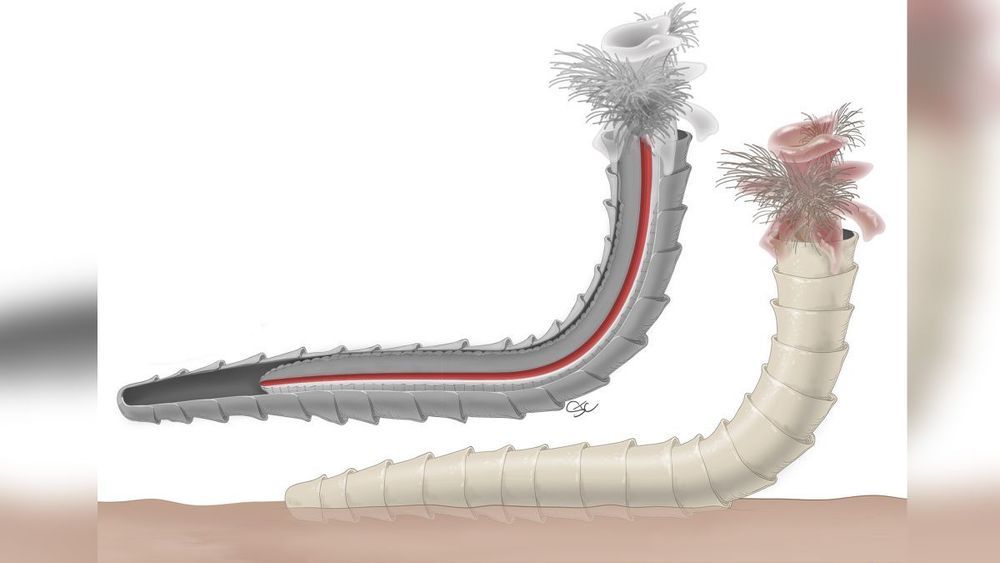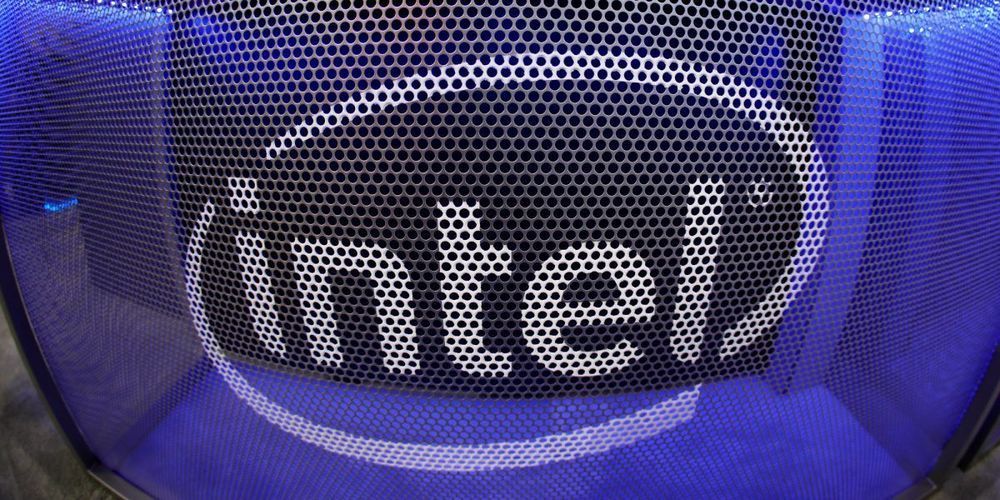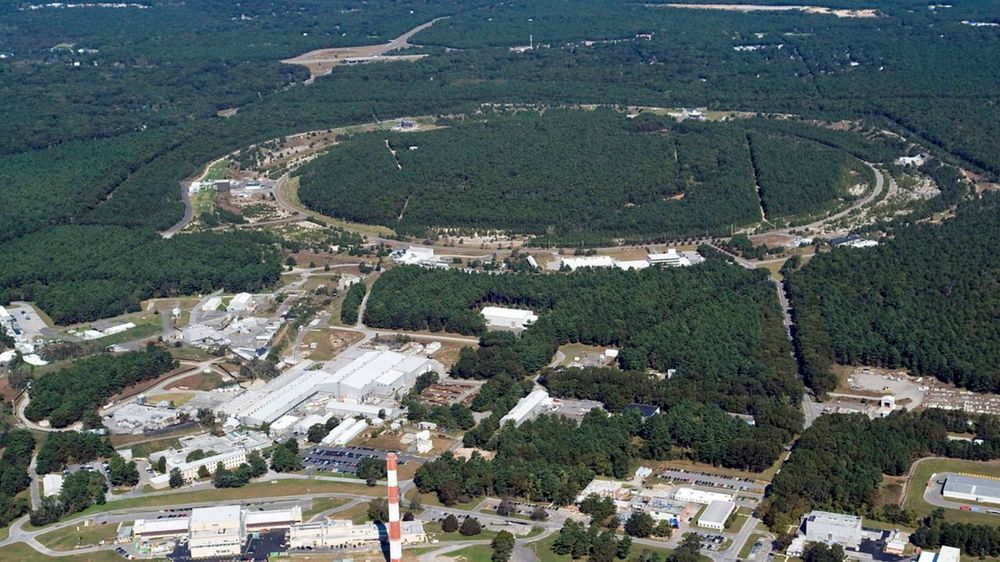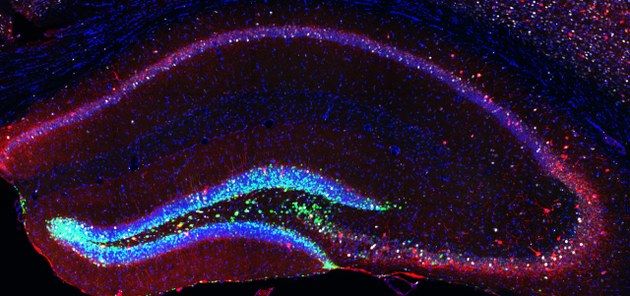The year of treating the untreatable: 2019 breakthroughs that could transform medicine.




Originally a bunch of children’s toys, then comic books, cartoons and movies, robot action figures than morph into vehicles and back again have proved immensely popular over the years. After a successful Kickstarter last year, Robosen Robotics has launched the T9, a robot that transforms into a vehicle through voice commands or via an app.
There are many Transformer-like robot toys already available, but most require the user to manually change the thing from action figure to vehicle, animal, device or whatever, and back again. Like the bots from the cartoons and movies, the T9 is an actual transforming robot designed to stimulate a child’s interest in programming, robotics and artificial intelligence.
The T9 is claimed to be the first robot in the consumer space that can automatically move from vehicle to robot and back again, can walk on two legs when in robot form, race on its wheels when in vehicle form, involves coding and program development, and can be controlled by voice commands or through a mobile app. It can even bust some funky dance moves if you want it to.




A multibillion-dollar high-speed atom smasher — an electron-ion collider that is capable of dissecting the mysterious subatomic material that forms the basis of everything in the universe — will be built at Brookhaven National Laboratory in Upton, federal authorities announced Thursday.
The collider will be the first of its kind in the United States. Gov. Andrew M. Cuomo said it would create about 4,000 construction jobs, retain 1,000 existing jobs at the lab and generate billions of dollars in economic activity for Long Island.
Officials with the U.S. Department of Energy said construction of the federally funded collider — which would be 2.4 miles in circumference, or 60% larger than the 1.5-mile Belmont Park horse race track, and one story underground — would cost $1.6 billion to $2.6 billion and take about a decade.

What the reasons underlying these impairments are is yet unclear but scientists at the Center for Regenerative Therapies of TU Dresden (CRTD) wanted to investigate if increasing the number of stem cells in the brain would help in recovering cognitive functions, such as learning and memory, that are lost during ageing.”
https://tu-dresden.de/tu-dresden/newsportal/news/verjuengung…en-maeusen
For the latest news on neuroscience, psychology, and artificial intelligence please like and follow our Facebook page:
https://www.facebook.com/383136302314720/posts/508764083085274/
Ein jeder wird es irgendwann erleben: Je älter wir werden, desto schwieriger wird es für unser Gehirn, neue Dinge zu lernen und sich an sie zu erinnern. Die Gründe hinter diesen Beeinträchtigungen sind oft unklar. Nun haben Wissenschaftler des Zentrums für Regenerative Therapien der TU Dresden (CRTD) untersucht, ob eine Erhöhung der Anzahl von Hirnstammzellen helfen würde, kognitive Funktionen wie Lernen und Gedächtnis wiederzuerlangen, die im Laufe des Alterns verloren gehen.
Die Forschungsgruppe von Prof. Federico Calegari hat dazu eine im eigenen Labor entwickelte Methode verwendet: Im Gehirn alter Mäuse stimulierten die Wissenschaftler den dort vorhandenen kleinen Pool neuronaler Stammzellen so, dass sich die Menge dieser Stammzellen und damit auch die Anzahl der aus ihnen erzeugten Gehirnzellen erhöhte. Das Team beobachtete, dass diese zusätzlichen Neuronen überleben und sogar neue Kontakte zu benachbarten Zellen knüpfen können. In einem nächsten Schritt untersuchten die Wissenschaftler eine wichtige Aufgabe des Gehirns, die ähnlich wie bei der Maus auch beim Menschen im Laufe des Alterns verloren geht: die Navigationsfähigkeit.

Satellites have been flying around the earth for decades — scanning landscapes and capturing images of our fast-changing planet. Remote sensing has been around since even before the first flight of the Wright brothers. It was restricted to hot air balloon flights back then. Systematic aerial photography and satellite remote sensing reached an inflection point during the Cold War, when the need for surveillance led to modification of combat aircraft for the purpose of spying. The space race also gave a fillip to satellite launches. The first satellite photographs of the earth were taken on August 14, 1959 and satellite image processing techniques evolved in 1960s and 1970s.
Till late 1990s, the primary consumer of remote sensing data was either governments bodies or defence agencies. This was because of the strategically sensitive nature of technology, which gave birth to the fear that it can be used for spying. However, after the fall of the Soviet Union commercial satellite imagery market began to evolve and IKONOS became the first commercial, very-high resolution satellite to be launched in 1999. Another factor in play was the growing use of computer software for analysis of data and satellite data consumption benefited from this growth in the 1990s.
The 21st century saw rapid changes in the remote sensing industry. Data consumption continued to increase. This was accelerated by the fall in costs of satellite imagery. Moreover, open data sources emerged with Landsat data becoming publicly available in 2009. Copernicus Hub followed in 2014 when the European Space Agency launched Sentinel 1. Another inflection point occurred in the industry when Planet launched a constellation of 88 Dove satellites abroad the PSLV-C37 of ISRO. These are shoe-box sized satellites leveraging the power of off-the-shelf consumer electronics to reduce costs. Further innovation in satellite launching by a slew of startups led by SpaceX has reduced costs of launching satellites.

Proteins are often called the working molecules of the human body. A typical body has more than 20,000 different types of proteins, each of which is involved in many functions essential to human life.
Now, Purdue University researchers have designed a novel approach to use deep learning to better understand how proteins interact in the body – paving the way to producing accurate structure models of protein interactions involved in various diseases and to design better drugs that specifically target protein interactions. The work is released online in Bioinformatics.
“To understand molecular mechanisms of functions of protein complexes, biologists have been using experimental methods such as X-rays and microscopes, but they are time- and resource-intensive efforts,” said Daisuke Kihara, a professor of biological sciences and computer science in Purdue’s College of Science, who leads the research team. “Bioinformatics researchers in our lab and other institutions have been developing computational methods for modeling protein complexes. One big challenge is that a computational method usually generates thousands of models, and choosing the correct one or ranking the models can be difficult.”